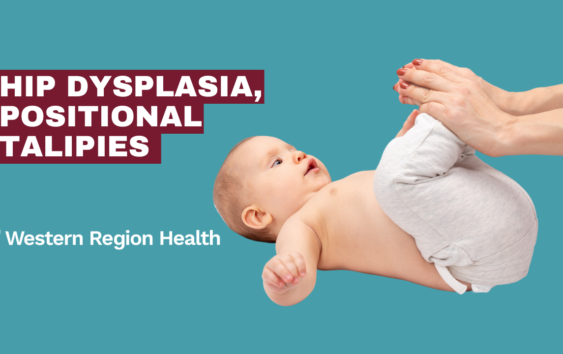General | June 23, 2023
Enhancing Healing And Mobility: The Power Of Osteopathy After Surgery
Dr Jarryd Crisp-OSTEOPATH | SENIOR OSTEOPATH-Double Bachelor of Health Science/Applied Science (Osteopathy), Bachelor of Health Sciences
Undergoing surgery can be a transformative experience, but it often comes with a period of post-operative healing and recovery. While rest and medication play crucial roles in the recovery process, many individuals are turning to complementary therapies such as osteopathy to enhance their healing and regain mobility. Osteopathy, a holistic approach to healthcare, offers numerous benefits that can promote faster healing, alleviate pain, and restore range of motion after surgery. In this blog, we will explore how osteopathy can improve healing and mobility after surgery.
- Enhanced Blood Circulation and Lymphatic Drainage:
One of the fundamental principles of osteopathy is the belief that proper blood circulation and lymphatic drainage are vital for optimal health. After surgery, swelling and inflammation often occur, which can impede the body’s natural healing processes. Osteopathic techniques, such as soft tissue manipulation and lymphatic drainage, help improve blood flow and reduce swelling, enabling nutrients and oxygen to reach the affected areas more efficiently. This enhanced circulation accelerates the delivery of healing factors, facilitates tissue repair, and promotes the removal of waste products, ultimately leading to faster recovery.
- Pain Relief and Management:
Pain is a common aftermath of surgery, and it can significantly hinder mobility and overall well-being. Osteopathic treatments encompass a wide range of techniques, including joint mobilization, muscle energy techniques, and myofascial release, all aimed at relieving pain and restoring mobility. These manual techniques target the musculoskeletal system, helping to alleviate tension, reduce scar tissue formation, and improve joint mobility. By addressing the root causes of pain and promoting relaxation, osteopathy provides a natural and effective way to manage post-surgical discomfort.
- Improved Scar Healing and Tissue Flexibility:
Surgical procedures often result in scar tissue formation, which can restrict mobility and impede the natural movement of muscles and joints. Osteopathic techniques, such as scar tissue mobilization and gentle stretching, can break down adhesions, increase tissue flexibility, and restore range of motion. By applying gentle pressure and manipulation, osteopaths work to improve the elasticity of tissues surrounding the surgical site, reducing stiffness and promoting a more supple and functional scar.
- Stress Reduction and Psychological Well-being:
Surgery can take a toll on an individual’s mental and emotional well-being. Osteopathy takes a holistic approach by considering the interconnectedness of the mind and body. Osteopathic treatments promote relaxation and reduce stress through gentle manual techniques, leading to an improved state of overall well-being. By addressing both physical and emotional aspects, osteopathy helps patients feel more at ease, enhancing their ability to cope with the challenges of post-surgical recovery.
Osteopathy offers a holistic and patient-centered approach to post-surgical healing and recovery. Through various manual techniques, osteopathic treatments aim to improve blood circulation, reduce pain, increase tissue flexibility, and promote overall well-being. By addressing the body as a whole, osteopathy can play a valuable role in enhancing healing and mobility after surgery. If you are considering osteopathy as a part of your post-surgical recovery plan, consult with a qualified osteopath to tailor a treatment program that suits your specific needs and supports your journey towards optimal healing.
References:
- Smith JM, et al. The effects of osteopathic treatment on psychosocial factors in patients with chronic low back pain: A systematic review. J Bodyw Mov Ther. 2018;22(4):1000-1011.
- Ajimsha MS. Effectiveness of direct vs indirect technique myofascial release in the management of tension-type headache. J Bodyw Mov Ther. 2011;15(4):431-435.
- Halliday MH, et al. Effects of osteopathic manipulative treatment and concentric and eccentric maximal-effort exercise on women with multiple sclerosis: a randomized crossover trial. J Am Osteopath Assoc. 2012;112(9):610-619.
- Kelso AF, et al. Osteopathic manipulative treatment in response to symptoms associated with diving. J Am Osteopath Assoc. 2001;101(6):317-319.
- Kreighbaum E, et al. Effects of myofascial release on pressure pain thresholds in patients with neck pain. J Bodyw Mov Ther. 2018;22(2):330-334.


